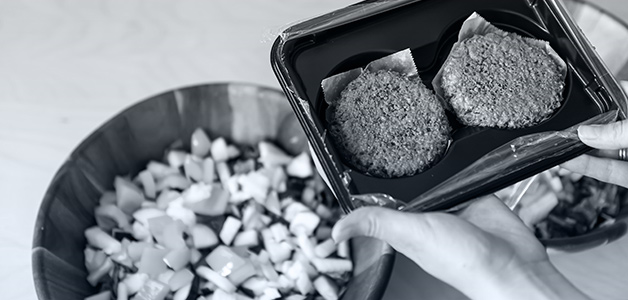
Blog: How to produce highly functional protein ingredients
By Pall Corporation
Features flavour microfiltration Pall plant protein purification
According to the investment firm UBS, the plant protein market is expected to reach $85 billion by 2030. Consumers today expect their plant-based products to not only have functional properties but better flavour as well.
Plant protein manufacturers are feeling the pressure not only to build the protein base but to format and flavour it.
Environment and sustainability concerns pushes to develop production of plant-based proteins to complement traditional animal source.
Within the plant-based protein world, the protein ingredients represent high added value products due to their functional properties.
To preserve natural functionalities, production process must minimize potential denaturation effects (thermal, chemical, or mechanical) and prevent carrying natural contamination (suspended solids, bioburden, fat, antinutritional factors, etc.) through protein purification methods.
Current wet purification process usually includes at least one step of chemical and/or thermal precipitation (at iso-electric point) followed by centrifugation. Also, this solution is well sprayed, it creates partial protein denaturation and loss of soluble proteins.
Crossflow microfiltration is used as a protein purification technique used on the raw solution to produce a very clean solution of native proteins (essentially free from suspended solids, bioburden, fat, etc.).
This can be further purified with other membranes (UF/NF/RO) and/or chromatography.
Continue reading this Protein Plant Purification blog from Pall Corp.
Print this page